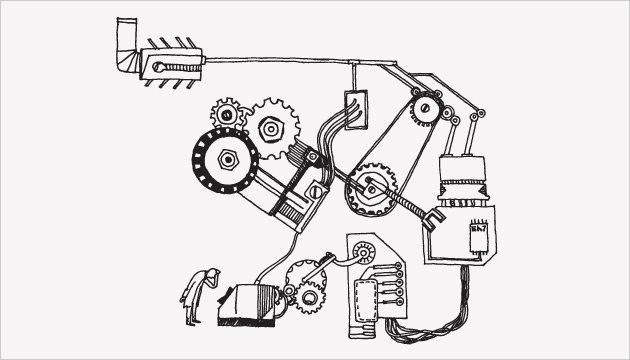Gartner’s Hype Cycle Methodology - Part 1


Will you do us the honor and join our team of authors?
To write for the SohoBlog, contact us at [email protected]
(Shakespearean prose not required.)

Gartner, one of the world’s leading research firms, has developed a tool to help businesses and consumers separate the chaff from the wheat when it comes to innovation and technology. Gartner’s Hype Cycle is an easy-to-understand visual tool that offers businesses guidance on what, when, and where they should adopt a certain technology. For small businesses this tool means two main things; first, a greater understanding of which technology they can implement to better their business and second, an opportunity to gain insights on where the technological ecosystem is going and what new services will be needed in the future. My next two posts will focus on better understanding Gartner’s Hype Cycle methodology and the current trends it sheds light on.
Gartner’s hype cycle is a graphic and a report that portrays the evolution of a new technology from the moment it is introduced to the market through its progression until it is “matured.” The coordinates of the Hype Cycle are time and visibility. The Hype Cycle has five main chronological slopes, on which I will elaborate in the following paragraphs in a chronological order.
The first slope in the Hype Cycle is called “Technology Trigger.” In this early stage a new technology is being introduced. At this point the hype is at its lowest level in the cycle, but the new technology is starting to attract interest and creating a buzz. The visibility of the product is very low at this stage.
The second slope of the cycle is called the “Peak of Inflated Expectations.” At this stage this new technology is seen as the solution to all of the market’s hopes and dreams. The technology is being continuously pushed to its limits, having a number of successes and some failures along the way. During this stage, which is typically identified by a lot of media coverage and PR hype, the visibility level is at its peak.
The third slope of the cycle is called the “Trough of Disillusionment.” At this stage the buzz generated from the extensive media coverage and aggressive PR is toned down and the criticism increases. The hype level stoops down drastically, and the visibility of the product significantly decreases.
The fourth slope of the cycle is called the “Slope of Enlightenment.” At this stage time has passed and the technology has slowly been improved through experimenting with the new technology. At this stage the pros and cons of the new technology are clear, and the technology offers more and more solutions. The technology is slowly re-gaining visibility.
The fifth and final slope of the Hype Cycle is called the “Plateau of Productivity.” This is the stage in which the new technology is adopted for more uses. Once the technology reaches this level of the cycle, it is considered established.
As this cycle was used to analyze the hype surrounding the cloud technology, it was evident that through the Hype Cycle (between the technology was first introduced in the spring of ’09 to the autumn of ’12) the definitions used for the technology changed as it changed, focused, and improved its services. The number of searches it generated in Google has been on a decline since cloud technology has established itself as a reliable and useful technology and entered the “Plateau of Productivity.” The number of vendors providing this technology has declined and is lower in the fifth level of the cycle than it was in the first level. The remaining vendors are the most qualified and experienced vendors of the bunch because they powered through the unsteady ride and came across with an established product.
As seen in the cloud technology, the Hype Cycle is a tool that enables the mapping and understanding of the cycle that a new technology is going through since the moment it is introduced, through the great media buzz and PR hype, until it finally focuses, maximizes its abilities, and reaches a realistic level of productivity.
|
|
|